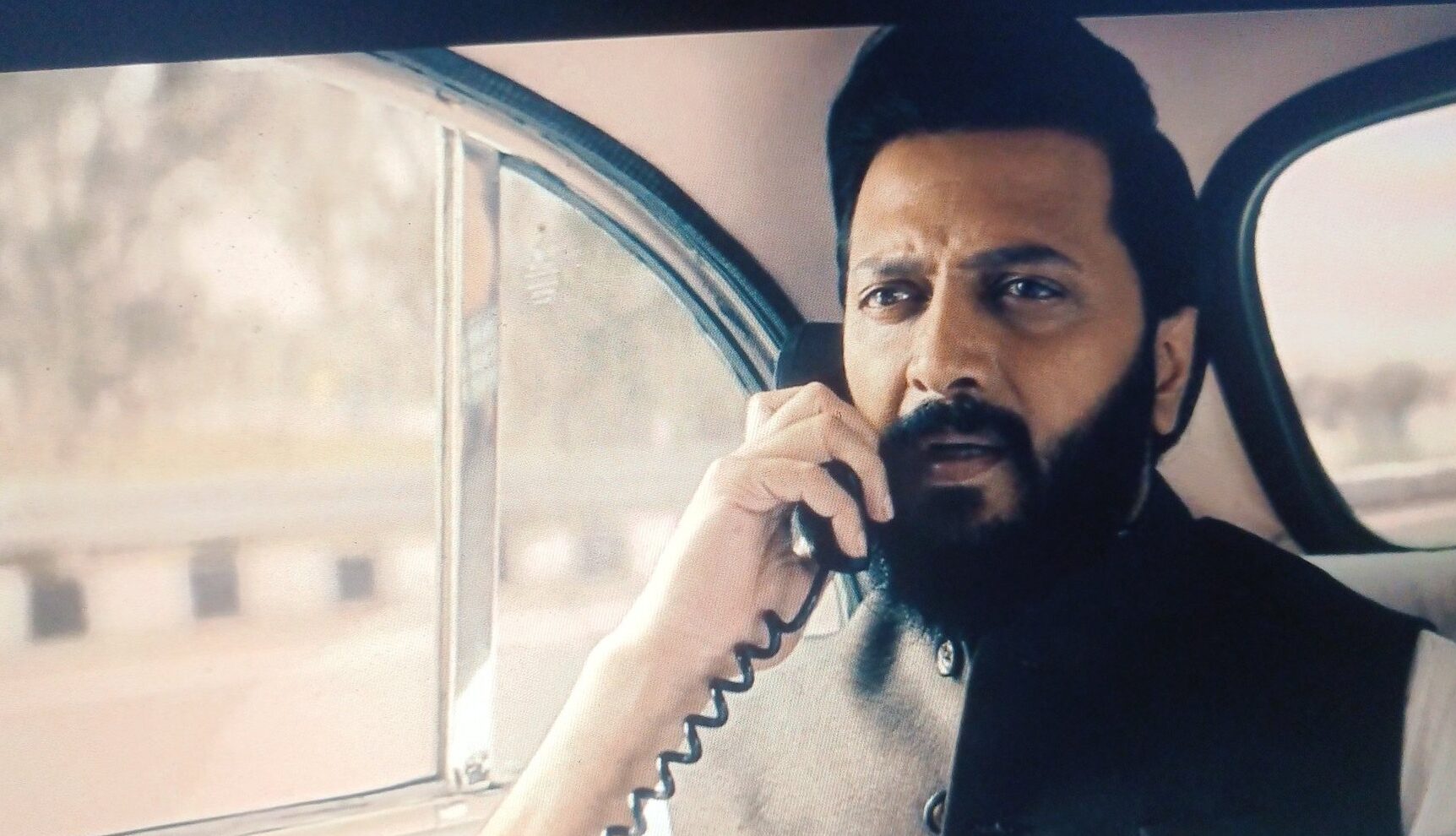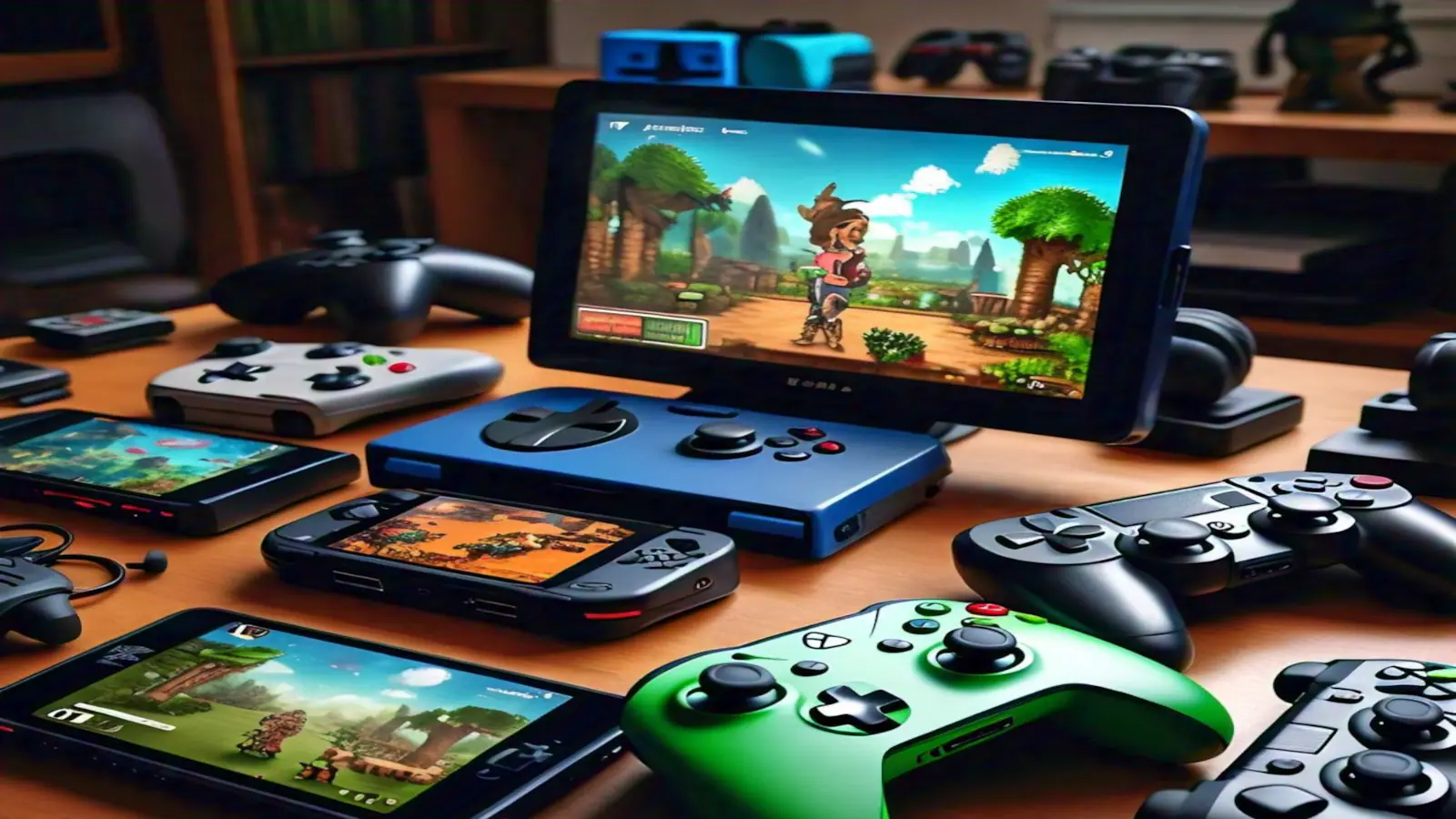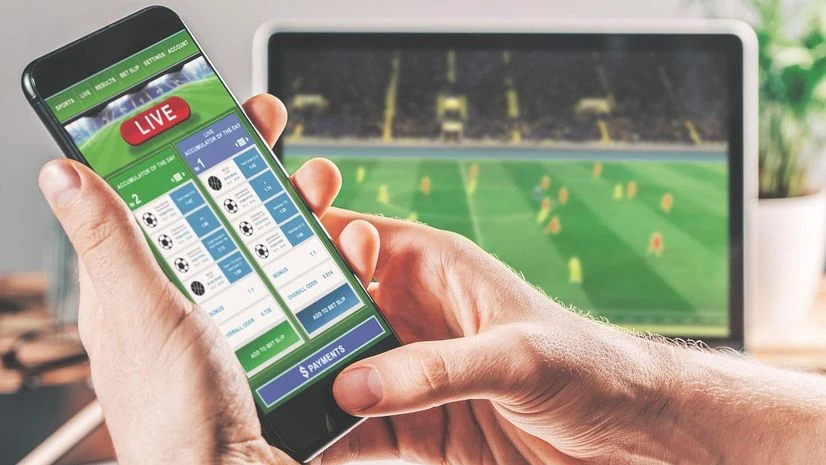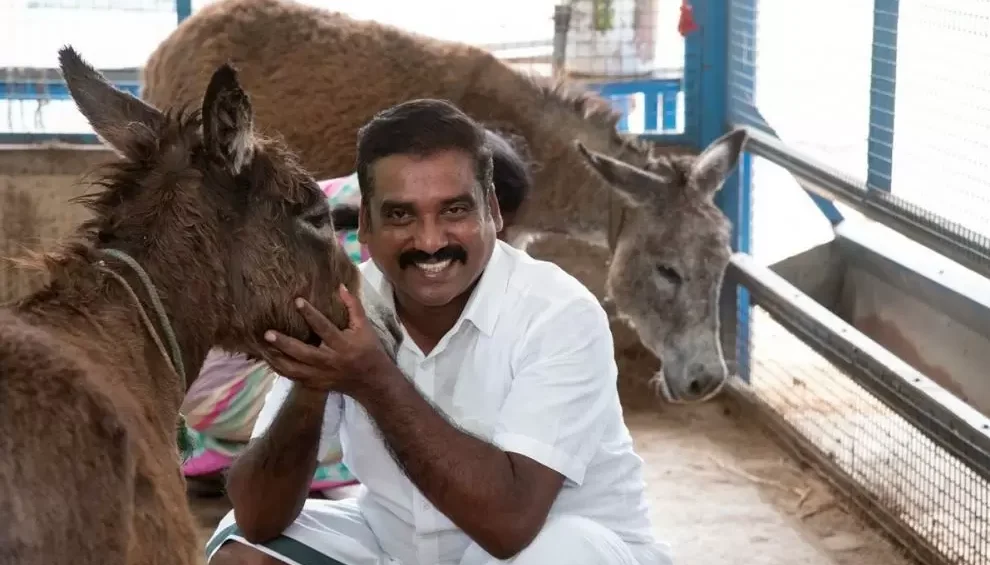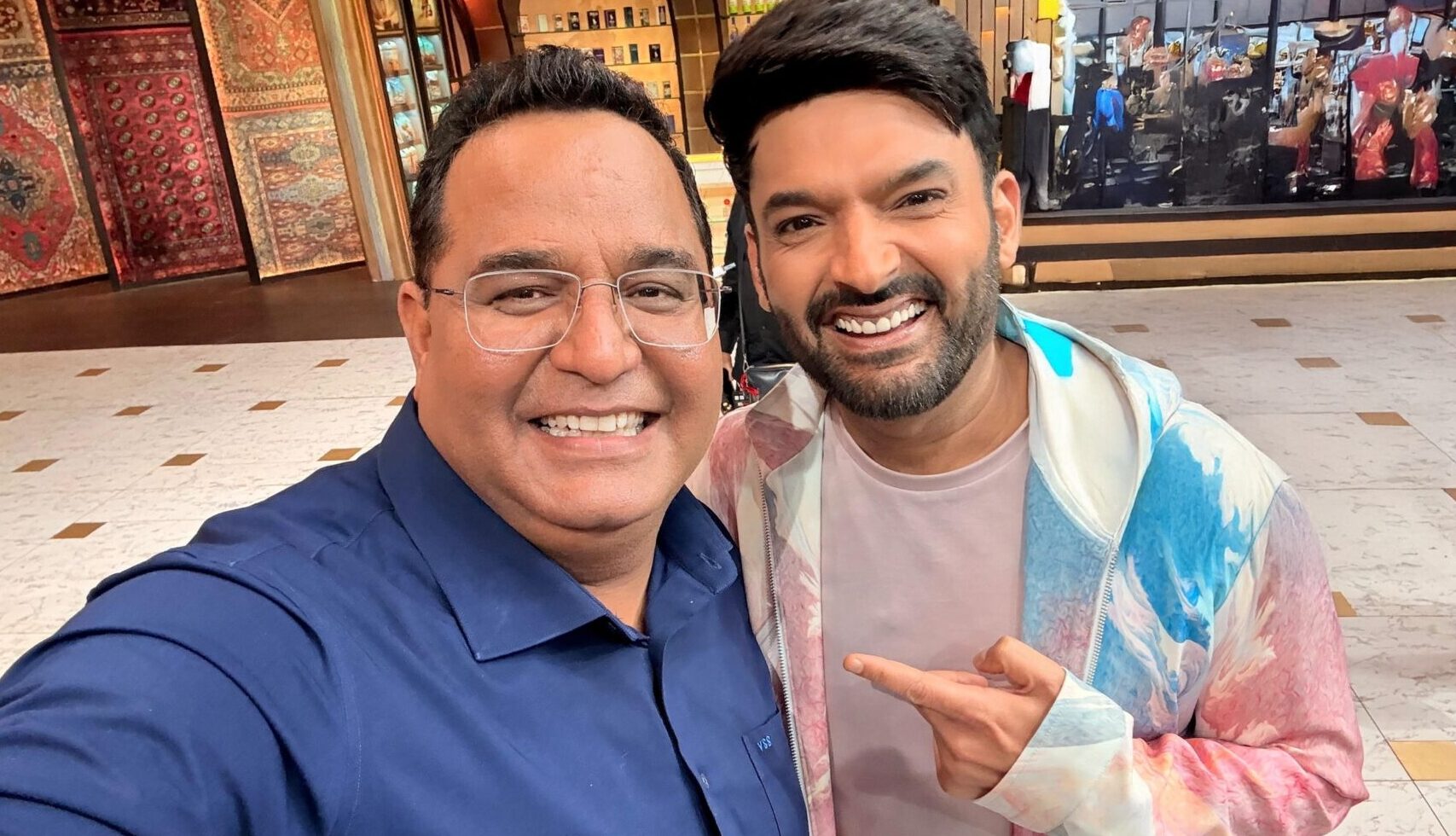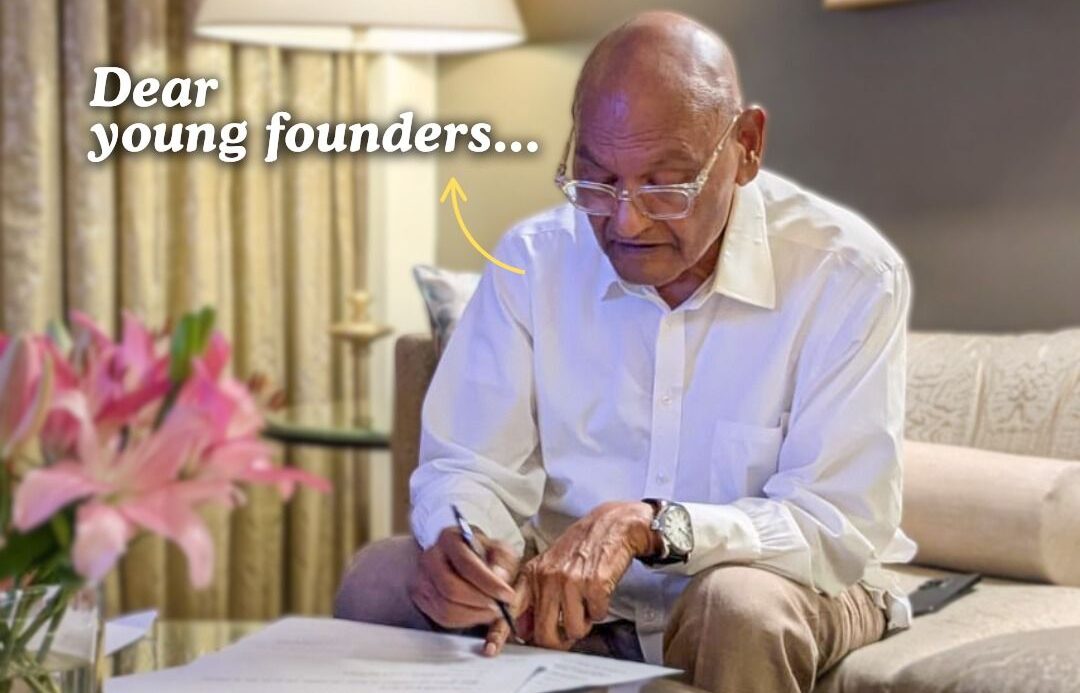When audiences caught sight of Ritesh Deshmukh’s character in Raid2 sitting in the back seat of a car, confidently speaking into what looked like a traditional landline phone, many viewers were left scratching their heads:
How on earth was Dadabhai making a landline call while speeding down a highway?
A flurry of social media posts even poked fun at the scene, with one user quipping: “How’s Dadabhai able to use a landline in a car?“
What many fail to realize is that what appears to be an anachronistic gimmick is actually a faithful nod to an important chapter of telecommunication history, the car-mounted corded phone, a status symbol of power and luxury from the mid-20th century.
Car Phones: The First “Mobile” Phones
Well before the stylish handheld models we keep in our pockets today, mobile telephony first came in the guise of car phones. The original units, which resembled a standard landline phone with corded handset, keypad, and base unit, were fitted into luxury cars.
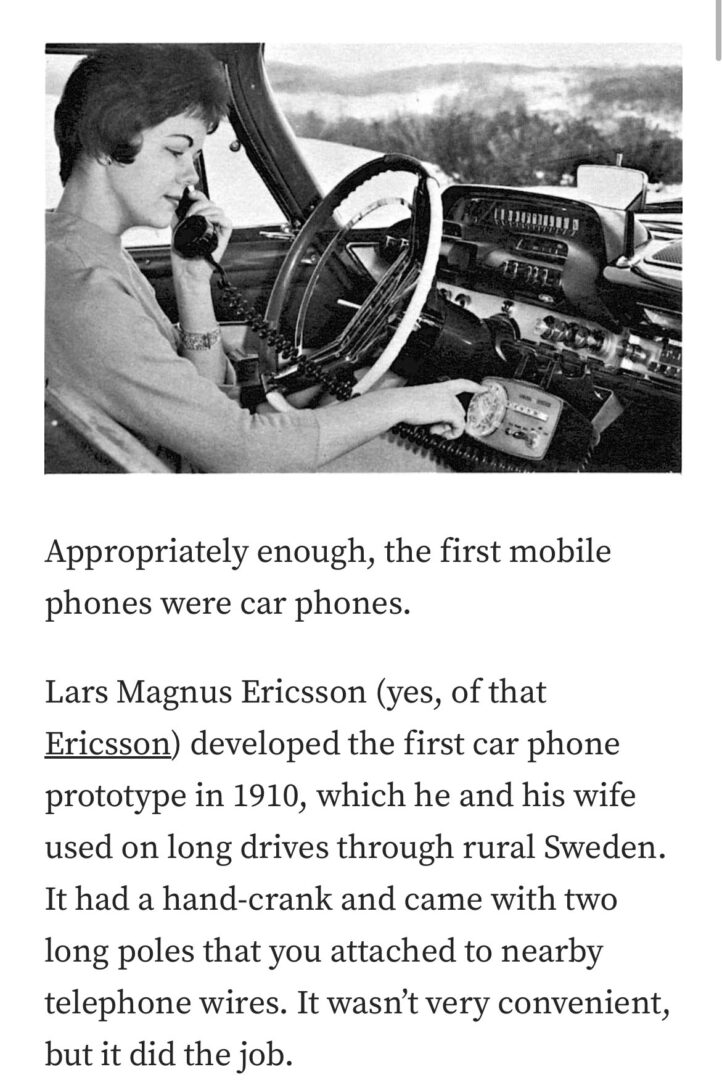
As explained in the materials referenced, the car-mounted phone worked not on landline cables but on cellular or radio networks. The base unit connected wirelessly to a network, allowing calls to be made and received even while in motion.
They were far from convenient by today’s standards, bulky, expensive, and limited to areas with network coverage but at the time, they represented cutting-edge technology and opulence.
A Swedish Invention with a Crank
Remarkably, the roots of car telephony date back more than a century. In 1910, Swedish inventor Lars Magnus Ericsson (yes, of Ericsson fame) built one of the prototypes: a hand-cranked phone that he and his wife used during long drives through rural Sweden.
The contraption involved attaching long poles to telephone wires they encountered along the way, clunky and impractical by modern standards, but it proved the concept of mobile communication.
How It Worked in the Raid2 Setting
By the 1970s and 80s, mobile phones for cars had become much more advanced, and it was a status symbol that even politicians, businessmen, and movie mobsters had. These phones were installed in the center armrest or console of high-end vehicles and worked on early cellular networks or exclusive radio frequencies.
In Raid 2, Ritesh Deshmukh’s character using such a phone is historically accurate. Though it looks like a landline with its cord and rotary or push-button handset, it is actually a mobile device, hardwired into the car’s electronics and linked to an external antenna.
What the audience mistook for a landline was in fact one of the earliest forms of mobile technology.
Why the Confusion?
To smartphone users today, the notion of a wired handset in a moving automobile is farcical. But in fact, until the 1990s, car phones were a status symbol and sometimes the sole means of being connected while traveling.
Even now, the devices have nostalgic appeal and are in some cases kept intact in living vintage autos as collector items.
The Takeaway
Rather than a continuity error, the scene in Raid 2 highlights an authentic piece of history, a time when staying connected required ingenuity, investment, and a lot of cables.
So next time you see Dadabhai gripping a corded phone while cruising through the city, remember: that was the pinnacle of mobile communication in its day.
What looked like a landline was, in fact, the ancestor of the mobile revolution.
Also Read: How China’s Dome Can Solve India’s Construction Dust Problem









